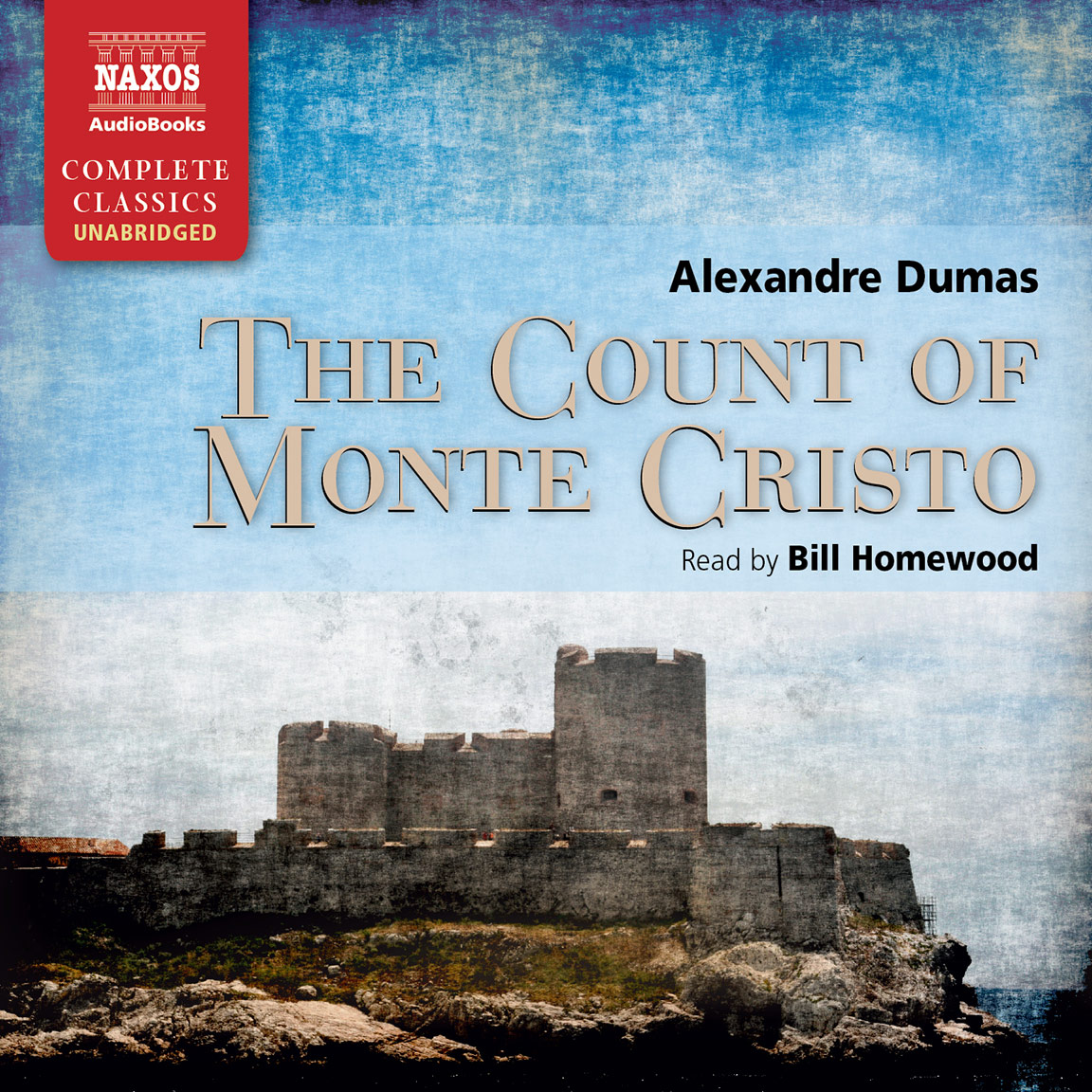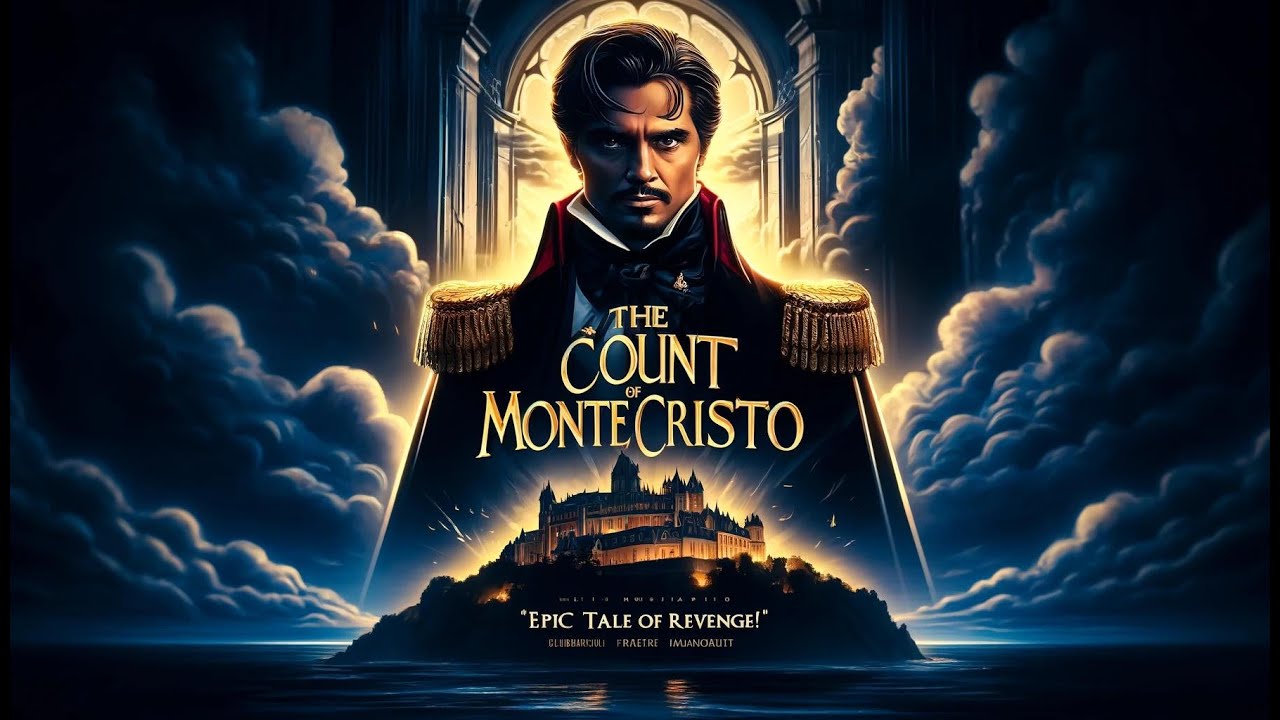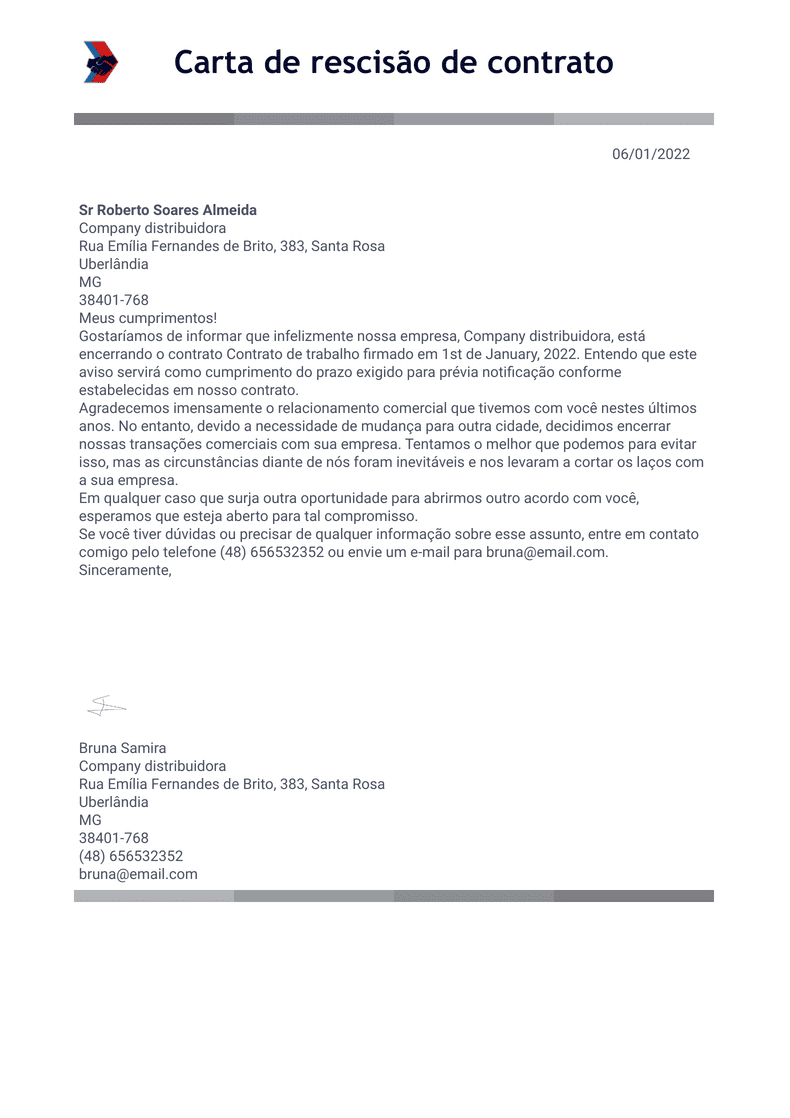A Modern Look At The Count Of Monte Cristo: Book And Film Review

Table of Contents
The Enduring Power of Dumas's Masterpiece
Themes of Revenge and Justice
The Count of Monte Cristo is a masterclass in exploring the complex themes of revenge and justice. Edmond Dantès's journey from an innocent, hopeful young man to a calculating, wealthy Count is a compelling exploration of the human capacity for both good and evil. His quest for revenge, fueled by betrayal and wrongful imprisonment, raises critical questions about the nature of justice and the moral ambiguities inherent in seeking retribution.
- Edmond Dantès's Transformation: The novel meticulously charts Dantès's transformation, highlighting the corrosive effects of injustice and the seductive allure of power. His meticulous planning and execution of his revenge are both fascinating and unsettling, prompting readers to question whether his actions are truly justified.
- The Complexities of Revenge: Dumas doesn't shy away from depicting the complexities of revenge. Edmond's actions have far-reaching consequences, impacting not only his enemies but also innocent individuals caught in his web. This moral ambiguity is what makes the story so enduringly compelling.
- Modern Interpretations of Justice: The novel’s exploration of justice resonates deeply with contemporary audiences grappling with issues of systemic inequality and the imperfections of the legal system. Edmond's quest for justice, though arguably excessive, taps into a primal desire for fairness and retribution that transcends time. This timeless exploration continues to invite debate and discussion on the nature of true justice in our modern world.
Characters and Their Development
The characters in The Count of Monte Cristo are richly drawn and deeply flawed, adding to the narrative's enduring appeal. Their motivations, complexities, and evolutions throughout the story create a tapestry of human experience.
- Edmond Dantès: The protagonist's journey is central to the novel. His transformation from a naive sailor to a sophisticated and vengeful Count is a testament to Dumas's skill in character development.
- Fernand Mondego: Fernand's envy and ambition drive the plot, making him a compelling antagonist whose downfall is both satisfying and tragic.
- Mercédès: Mercédès's character arc explores themes of love, betrayal, and forgiveness, adding emotional depth to the narrative. Her complex relationship with Edmond forms a significant part of the story's emotional core.
- Villefort: Villefort's ambition and fear contribute to the injustices suffered by Edmond, highlighting the corrupting influence of power. His internal conflicts add layers of moral ambiguity to the narrative. His ultimate fate underscores the consequences of unchecked ambition.
The interplay between these characters and their intertwined destinies forms the heart of the novel's dramatic tension and enduring appeal. Their flaws and triumphs make them relatable despite their extraordinary circumstances.
The Novel's Literary Merit
The Count of Monte Cristo remains a literary masterpiece due to its masterful narrative structure, captivating suspense, and enduring themes. Dumas's writing style, characterized by vivid descriptions and thrilling plot twists, established the adventure novel genre's foundations.
- Dumas's Writing Style: The novel is celebrated for its engaging prose, detailed descriptions, and use of dramatic irony, keeping the reader captivated throughout the extensive narrative.
- Suspense and Intrigue: The intricate plot, filled with twists and turns, maintains a consistent level of suspense. The reader is constantly anticipating the next development in Edmond's elaborate plan for revenge.
- Contribution to Genre: The Count of Monte Cristo significantly impacted adventure and revenge novels. Its influence can be seen in countless works that followed, solidifying its place in literary history.
A Comparative Look at Film Adaptations
Numerous film adaptations of The Count of Monte Cristo exist, each offering a unique interpretation of Dumas's masterpiece. Comparing these adaptations reveals how filmmakers have chosen to emphasize certain aspects of the story while modifying others.
Notable Film Versions
Several notable film versions of The Count of Monte Cristo exist, showcasing the enduring appeal of this classic story. Each film offers a unique perspective, highlighting the story's adaptability to different cinematic styles and interpretations.
- The 1934 version: This adaptation, while dated by today's standards, offers a glimpse into early cinematic interpretations of the source material. It highlights the adventure aspects of the narrative.
- The 1975 version: This version provides a more faithful adaptation of the book, offering a broader perspective on the characters and their intricate relationships.
- The 2002 version: This more recent adaptation takes creative liberties with the source material, emphasizing the action and spectacle elements. It’s a visually stunning adaptation but deviates significantly from the book's original plot and character depth.
Modern Interpretations and Cinematic Choices
Film adaptations often necessitate changes to accommodate the cinematic medium. Analyzing these choices sheds light on how filmmakers interpret and adapt the source material.
- Plot Simplification: Many film adaptations condense the novel's extensive plot, streamlining the narrative for a shorter runtime. This often leads to the omission of certain characters or subplots.
- Character Development: Film adaptations frequently alter character development, focusing on specific aspects of their personalities to suit the cinematic medium.
- Thematic Emphasis: Different adaptations emphasize various themes, reflecting the director's interpretation of the source material. Some may focus on revenge, while others might highlight themes of redemption or justice.
Conclusion
The Count of Monte Cristo remains a compelling story due to its intricate plot, memorable characters, and timeless themes of revenge, justice, and redemption. Both the novel and its various film adaptations offer unique perspectives on these themes, allowing audiences to engage with the story in multiple ways. While film adaptations often streamline the narrative and make significant alterations, they invariably capture the essence of Edmond Dantès's transformative journey and his quest for retribution. Whether you choose to experience The Count of Monte Cristo through the pages of the book or on the silver screen, the story's enduring power and captivating narrative will leave a lasting impact. We highly recommend reading the original novel for a truly immersive experience or watching the 1975 adaptation for a closer interpretation of the source material. Dive into the world of The Count of Monte Cristo and discover why this classic remains relevant today. Explore the many adaptations of The Count of Monte Cristo and discover your favorite version of this timeless tale!

Featured Posts
-
 Sydney Sweeneys Fiance Jonathan Davino Seen At Her 6 Million La Home Amidst Breakup Rumors
May 05, 2025
Sydney Sweeneys Fiance Jonathan Davino Seen At Her 6 Million La Home Amidst Breakup Rumors
May 05, 2025 -
 1 050 V Mware Price Increase Proposed By Broadcom At And Ts Concerns
May 05, 2025
1 050 V Mware Price Increase Proposed By Broadcom At And Ts Concerns
May 05, 2025 -
 Nhl Playoffs The Tight Western Conference Wild Card Race
May 05, 2025
Nhl Playoffs The Tight Western Conference Wild Card Race
May 05, 2025 -
 The Count Of Monte Cristo A Review Of Revenge Justice And Redemption
May 05, 2025
The Count Of Monte Cristo A Review Of Revenge Justice And Redemption
May 05, 2025 -
 Empresa De Fred Luz Deixa O Corinthians Bastidores E Motivos Do Encerramento Da Parceria
May 05, 2025
Empresa De Fred Luz Deixa O Corinthians Bastidores E Motivos Do Encerramento Da Parceria
May 05, 2025
